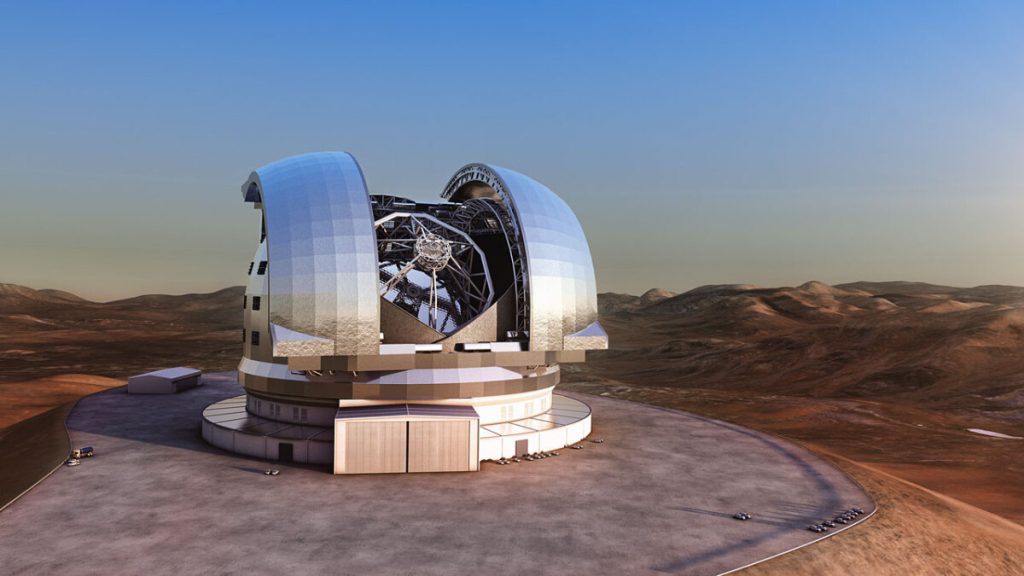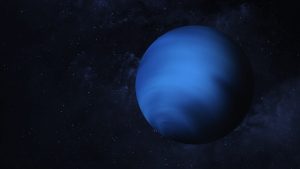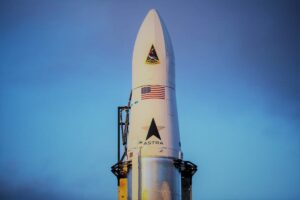Next-generation telescopes could detect signs of extraterrestrial life in exoplanet atmospheres
31st Jan 2024
Recent research suggests upcoming telescopes to identify chemical indicators such as oxygen, carbon dioxide, methane, and water on ten rocky exoplanets.
These particular elements, also present as biosignatures in Earth’s atmosphere, offer significant scientific clues regarding the potential existence of life.
The exoplanets to research
Recently published in The Astronomical Journal, a paper outlines a study conducted by astronomers from The Ohio State University.
They discovered that these advanced telescopes could effectively identify possible signs of life on two nearby planets, Proxima Centauri b and GJ 887 b. Among them, the telescopes could only detect carbon dioxide on Proxima Centauri b.
While scientists haven’t found an exoplanet exactly like early Earth that supports life, this study suggests that examining unique Super-Earths, which are larger than Earth but smaller than Neptune, could be a promising focus for future research missions.
Which telescopes were investigated?
Huihao Zhang, the study’s lead author and a senior in astronomy at Ohio State, along with colleagues, assessed the James Webb Space Telescope (JWST) and other Extremely Large Telescopes (ELTs).
These were telescopes like the European Extremely Large Telescope, the Thirty-Meter-Telescope, and the Giant Magellan Telescope, specifically in directly capturing images of exoplanets.

Extremely Large Telescope (ELT). Image Credit: ExtremeTech
The direct method of imaging exoplanets
Capturing images of exoplanets directly involves employing a coronagraph or starshade to block the light from the host star. This technique enables scientists to obtain faint images of the orbiting exoplanet. However, this direct method can be challenging and time-consuming. Therefore, the researchers focused on evaluating the effectiveness of Extremely Large Telescopes (ELTs) in handling this challenging task.
The researchers tested the instruments of each telescope to discern planetary noise from universal background noise when detecting biosignatures. Known as the signal-to-noise ratio, a higher ratio makes it easier to detect and analyze a planet’s wavelength.
Which telescope wins the comparison?
The findings indicated that among the instruments on the European Extremely Large Telescope (ELT), the Mid-infrared ELT Imager and Spectrograph, when used in the direct imaging mode, demonstrated superior performance for three planets (GJ 887 b, Proxima b, and Wolf 1061 c). It excelled in identifying the presence of methane, carbon dioxide, and water.
However, the High Angular Resolution Monolithic Optical and Near-infrared Integral field spectrograph instrument on the same telescope could detect methane, carbon dioxide, oxygen, and water, but it required significantly more exposure time for accurate detection.
Exoplanet GJ 887 b – the prime candidate for direct imaging
Also, the results have shown that GJ 887 b stands out as one of the most favourable candidates for direct imaging using Extremely Large Telescopes (ELTs), thanks to its location and size, leading to a notably high signal-to-noise ratio.
Nevertheless, for certain planets that undergo transits, like those in the TRAPPIST-1 system, the techniques employed by the James Webb Space Telescope (JWST) for studying planetary atmospheres prove more effective than direct imaging using ELTs on Earth.
The scientists noted that the study adopted a conservative approach to the data. As a result, the actual effectiveness of future astronomical tools might still hold surprises for scientists.
Most likely, since the Extremely Large Telescopes (ELTs) won’t be completed until the later part of this decade, the next steps for researchers will involve simulating how well the future ELT instruments can delve into unravelling the complexities of the abundant signs of life on our own planet.






Thank you for your comment! It will be visible on the site after moderation.